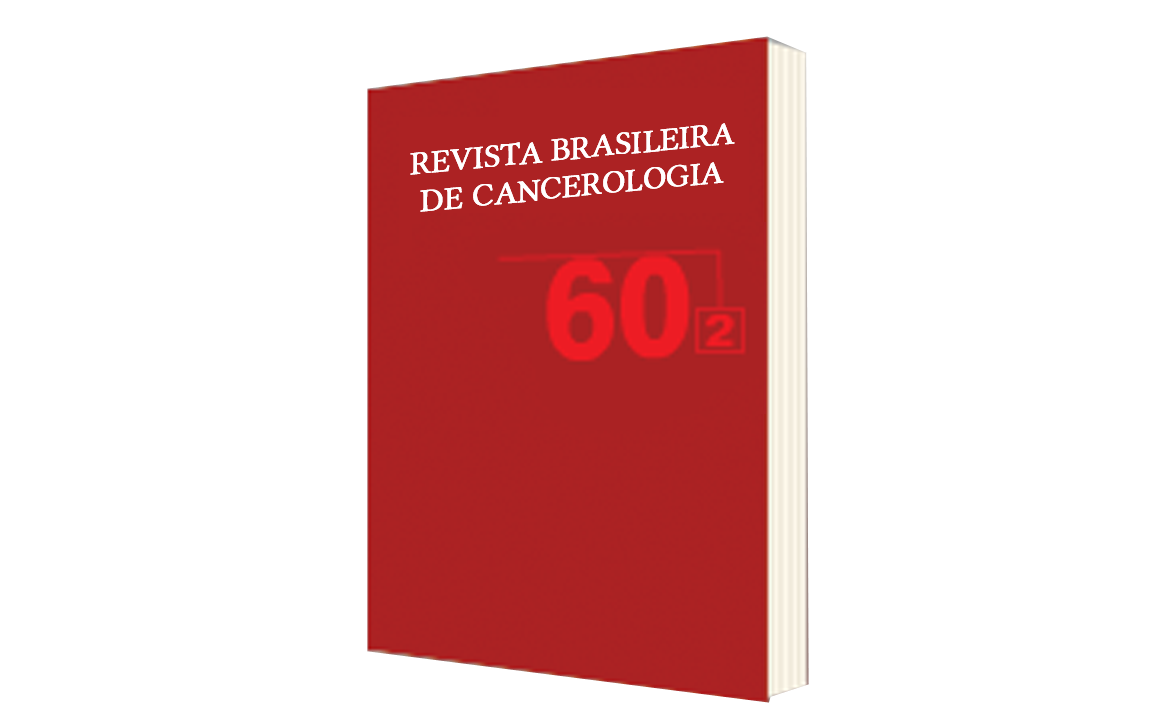Pulmonary Function and Respiratory Muscle Strength in Patients Undergoing Oncologic Breast Surgery
DOI:
https://doi.org/10.32635/2176-9745.RBC.2014v60n2.484Keywords:
Breast Neoplasms, Mastectomy, Pulmonary Ventilation, Spirometry, Preoperative Period, Postoperative PeriodAbstract
Introduction: Patients undergoing surgical treatment for breast cancer may experience physical damage, among them: respiratory changes that may result in future complications and decrease in quality of life. Objectives: To assess Pulmonary Function and Respiratory Muscle Strength pre and post-operative in patients undergoing breast cancer surgery. Method: The study included 20 women diagnosed with breast cancer undergoing conservative surgery (quadrantectomy) or mastectomy that were assessed by manometry and spirometry pre and postoperatively. Results: It was found preoperatively that respiratory muscle strength and pulmonary function showed decreased compared to the predicted values for each patient, with the respiratory muscle strength: maximal inspiratory pressure (43.14%) and maximal expiratory pressure (40.09%), and pulmonary function: peak inspiratory flow (49.86%) and forced expiratory volume in one second (99.14%), only forced vital capacity (125%) than expected. Regarding the values of the preoperative compared with postoperative respiratory muscle strength on both maximal inspiratory pressure (p<0.001) and maximal expiratory pressure (p<0.001) decreased postoperatively; pulmonary function in forced expiratory volume in one second (p<0.001) and forced vital capacity (p=0.001) were decreased post-operative only peak inspiratory flow was not significant (p=0.108). Conclusion: After surgery, there was a decrease from respiratory muscle strength and pulmonary function. Patients who underwent neoadjuvant treatment had a decrease of pulmonary function in the values of forced vital capacity and forced expiratory volume in the first second.









